“Itraconazole Oral Solution 100 mL in Dogs: A Trusted Solution for Fungal Infections”
Itraconazole Oral Solution 100 mL is a highly effective antifungal medication widely used in veterinary medicine to treat a variety of fungal infections in dogs. Fungal infections can range from superficial skin conditions to serious systemic illnesses, and itraconazole provides a potent solution to combat these pathogens safely and effectively.
In this comprehensive guide, we will explore everything you need to know about Itraconazole Oral Solution 100 mL for dogs — from its uses and benefits to detailed dosage guidelines, administration tips, precautions, and much more.
What is Itraconazole Oral Solution 100 mL?
Without ergosterol, fungi cannot maintain their cellular integrity, leading to their death.The oral solution format allows for easy administration and precise dosing, making it suitable for dogs of all sizes and ages as prescribed by a veterinarian.
Indications: When is Itraconazole Oral Solution Used in Dogs?
Itraconazole Oral Solution is prescribed primarily for the treatment of fungal infections, including:
- Systemic mycoses: Such as blastomycosis, histoplasmosis, and cryptococcosis — infections affecting internal organs.
- Dermatophytosis (Ringworm): A common fungal skin infection causing hair loss, itching, and inflammation.
- Aspergillosis: Fungal infection commonly affecting the nasal passages and respiratory tract.
- Malassezia overgrowth leading to dermatitis, primarily involving the skin and ears.
- Other fungal diseases involving candidiasis and a variety of opportunistic fungal pathogens.
The drug is especially valuable in cases where fungal infections have proven resistant to other antifungal treatments or in long-term management of chronic infections.
Canine Itraconazole Oral Solution: Dosage Recommendations and How to Administer
Correct dosing is essential for the success of antifungal therapy and to prevent side effects or resistance. The dosage depends on the dog’s weight, the type and severity of the fungal infection, and veterinary evaluation.
General Dosage Guidelines
- The typical dose for most fungal infections is 5 to 10 mg/kg body weight once daily.
- Duration of therapy may vary from 4 weeks to several months depending on the infection and clinical response.
- Administration should be consistent, preferably at the same time each day.
- Food may be given with or without the medication, but administration with food can improve absorption.
Dosage for Itraconazole Oral Solution in Dogs
| Dog Weight (kg) | Dose Range (mg/kg) | Dose (mL) per Day (5 mg/kg) | Dose (mL) per Day (10 mg/kg) | Administration Frequency | Approximate Duration |
| 1 – 5 | 5 – 10 mg/kg | 0.05 – 0.25 mL | 0.10 – 0.50 mL | Once daily | 4 weeks to several months |
| 6 – 10 | 5 – 10 mg/kg | 0.30 – 0.50 mL | 0.60 – 1.00 mL | Once daily | 4 weeks to several months |
| 11 – 20 | 5 – 10 mg/kg | 0.55 – 1.00 mL | 1.10 – 2.00 mL | Once daily | 4 weeks to several months |
| 21 – 30 | 5 – 10 mg/kg | 1.05 – 1.50 mL | 2.10 – 3.00 mL | Once daily | 4 weeks to several months |
| 31 – 40 | 5 – 10 mg/kg | 1.55 – 2.00 mL | 3.10 – 4.00 mL | Once daily | 4 weeks to several months |
| Over 40 | 5 – 10 mg/kg | Adjust per weight | Adjust per weight | Once daily | 4 weeks to several months |
How to Administer
- Shake the bottle well before use to ensure the solution is mixed.
- Use a calibrated syringe or dropper to measure the exact dose.
- Administer orally directly into the dog’s mouth.
- If your dog refuses, the solution can be mixed with a small amount of food.
- Complete the full course of therapy even if symptoms improve early.
- Monitor the dog for any adverse effects during treatment.
How Does Itraconazole Work?
Itraconazole targets fungal cell membranes by inhibiting the enzyme lanosterol 14α-demethylase, which is crucial for ergosterol production. Without ergosterol, the fungal cell membrane becomes unstable and dysfunctional, leading to the inhibition of fungal growth and eventual cell death.
Unlike some antifungals, itraconazole has a broad spectrum of activity and good tissue penetration, allowing it to reach various infection sites including skin, lungs, and internal organs.
Benefits of Itraconazole Oral Solution for Dogs
- Broad antifungal spectrum: Effective in combating numerous fungal pathogens.
- Oral formulation: Easier to administer compared to injectable antifungals.
- High bioavailability and tissue uptake, facilitating successful treatment of widespread and focal infections.
- Relatively safe: Well-tolerated in most dogs when used as directed.
- Improves quality of life: By clearing painful and persistent fungal infections.
Precautions and Safety Information for Itraconazole Oral Solution 100 mL in Dogs
When administered properly, itraconazole is a strong antifungal agent capable of treating a wide range of fungal infections in dogs. However, it is essential to follow specific precautions to ensure the safety and health of your pet during treatment.
Important Precautions
- Veterinary Guidance: Always administer itraconazole under the supervision of a qualified veterinarian. Unsupervised use can cause improper dosage and increase the risk of complications.
- Allergic Reactions: Do not use itraconazole if your dog has shown any previous allergic reactions to itraconazole or other azole antifungals.
- Pre-existing Conditions: Inform your veterinarian if your dog has liver or kidney disease, as itraconazole is metabolized through the liver and excreted by the kidneys, requiring possible dose adjustments.
- Pregnant and Lactating Dogs: Careful consideration is advised when treating pregnant or lactating dogs with itraconazole. Only use if clearly needed and prescribed by a veterinarian.
- Drug Interactions: Itraconazole can interact with certain medications, including some antibiotics, steroids, and anti-seizure drugs. Ensure your vet knows about all medications your dog is currently taking.
- Complete the Treatment Course: Ensure that the full course of itraconazole therapy is completed, even if symptoms improve earlier, to prevent recurrence or resistance.
- Monitoring: Regular veterinary check-ups are recommended during treatment to monitor liver function and overall health.
Potential Side Effects
Most dogs tolerate itraconazole well, but side effects may occasionally occur, including:
- Vomiting or diarrhea
- Loss of appetite
- Lethargy or weakness
- Increased liver enzymes (detectable by blood tests)
- Allergic reactions such as rash or swelling (rare)
Should you observe ongoing or serious adverse reactions, cease use and seek veterinary advice immediately.
When to Seek Immediate Veterinary Care
- Difficulty breathing
- Swelling of the face, lips, tongue, or throat
- Severe vomiting or diarrhea
- Signs of jaundice (yellowing of gums or eyes)
- Sudden weakness or collapse
Drug Interactions
Itraconazole may interact with other medications, such as:
- Certain antibiotics
- Anticonvulsants
- Steroids
- Some heart medications
Always disclose all current medications your dog is taking to your vet.
Scientific Research on Itraconazole Use in Dogs
Itraconazole is one of the most studied antifungal agents in veterinary medicine, with numerous scientific studies supporting its efficacy and safety for treating fungal infections in dogs.
Mechanism of Action
Research confirms that itraconazole works by inhibiting the fungal cytochrome P450 enzyme lanosterol 14α-demethylase, a critical enzyme in ergosterol synthesis. This targeted action allows itraconazole to selectively affect fungi without significant harm to the host cells (Ghannoum & Rice, 1999).
Clinical Efficacy
A 2014 clinical study published in the Journal of Veterinary Internal Medicine evaluated the effectiveness of itraconazole in treating systemic fungal infections such as blastomycosis and histoplasmosis in dogs. The research by Littman et al. (2014) demonstrated that over 80% of dogs receiving treatment experienced symptom relief and increased survival rates.
Similarly, itraconazole has been shown to be highly effective in managing dermatophytosis and Malassezia dermatitis, two common superficial fungal infections in dogs. A 2011 study found that oral itraconazole led to significant reduction in lesion severity and fungal load compared to placebo controls (Scott et al., 2011).
Pharmacokinetics
Pharmacokinetic studies indicate that itraconazole is well absorbed orally in dogs, especially when administered with food. It penetrates the skin, lungs, and additional tissues prone to fungal infections, reaching therapeutic levels. The drug’s half-life allows once-daily dosing, improving compliance in veterinary patients (Walsh et al., 2004).
Safety Profile
Long-term safety studies have shown that itraconazole is generally well-tolerated in dogs when administered at recommended doses. Some reports note mild to moderate elevations in liver enzymes, which typically return to normal after discontinuation. Regular liver function monitoring is advised during prolonged therapy (Moore et al., 2009).
Comparative Studies
Itraconazole is often compared with other antifungals like ketoconazole and fluconazole. Research suggests itraconazole has superior tissue penetration and a broader antifungal spectrum, making it preferable in many cases (Gupta & Kohli, 2003).
Conclusion
Itraconazole Oral Solution 100 mL is an essential antifungal treatment for dogs suffering from various fungal infections. Its broad spectrum, effective absorption, and oral formulation make it an excellent choice for veterinarians and pet owners alike. Correct dosing, vigilant monitoring, and adherence to veterinary advice ensure safe and successful treatment outcomes.If you suspect your dog has a fungal infection or require antifungal therapy, consult your veterinarian to determine if itraconazole is the right medication for your pet. Itraconazole Oral Solution 100 mL stands as a highly effective and reliable antifungal treatment for dogs suffering from a variety of fungal infections. Its broad-spectrum action, ease of administration, and proven safety profile make it a preferred choice among veterinarians and pet owners alike. Correct dosage, adherence to veterinary guidance, and awareness of safety precautions are key to ensuring the best therapeutic outcomes and minimizing potential side effects.







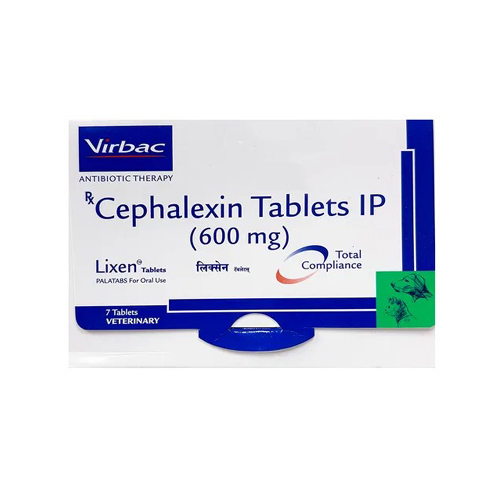
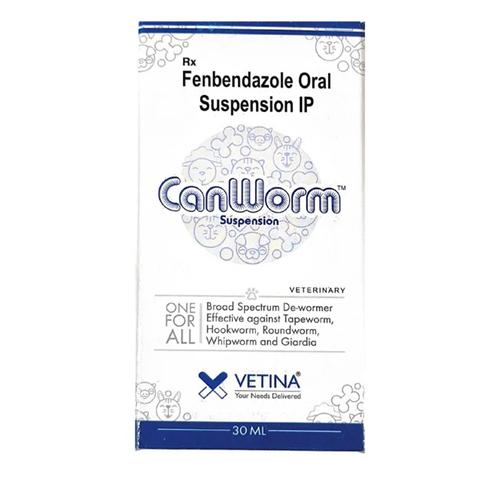

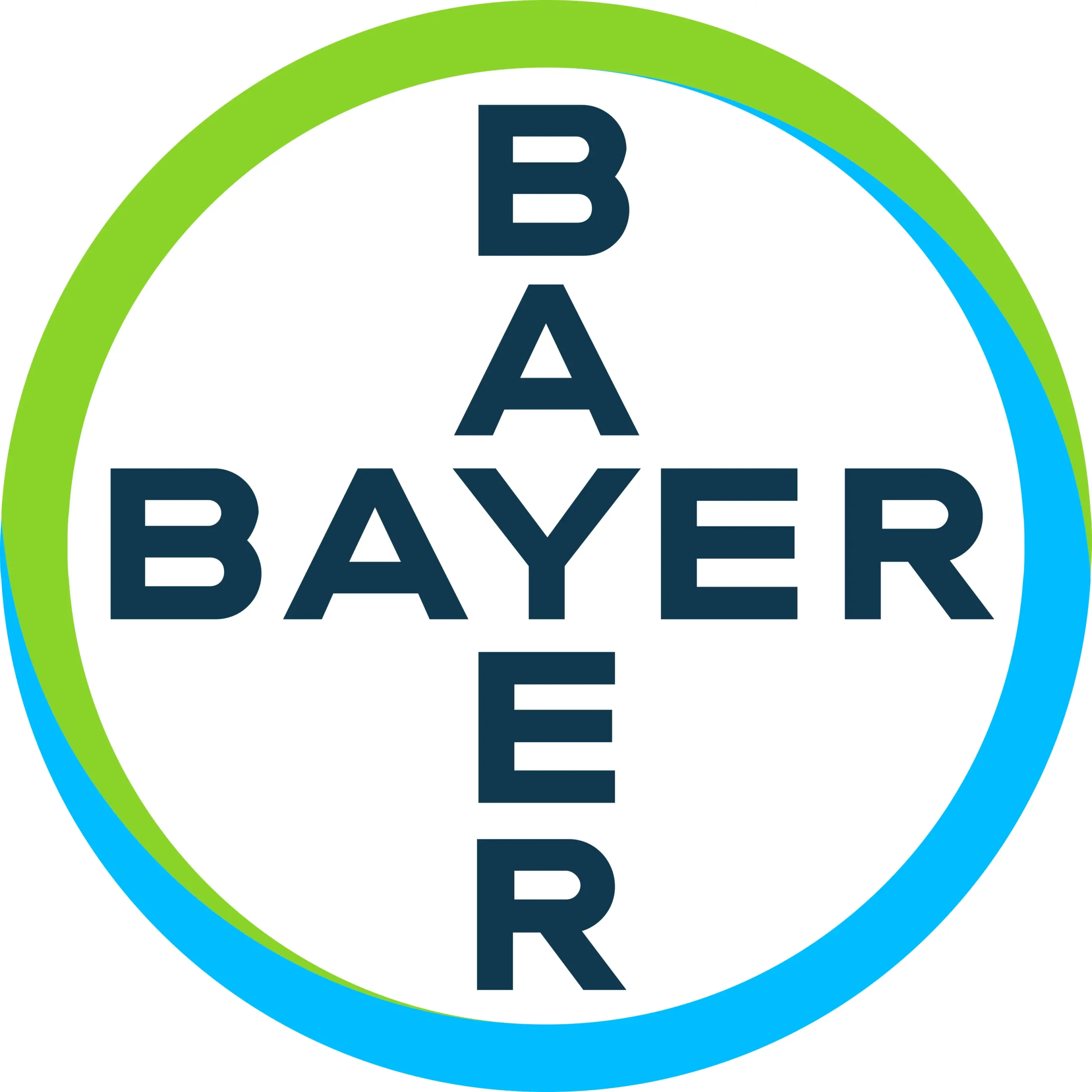

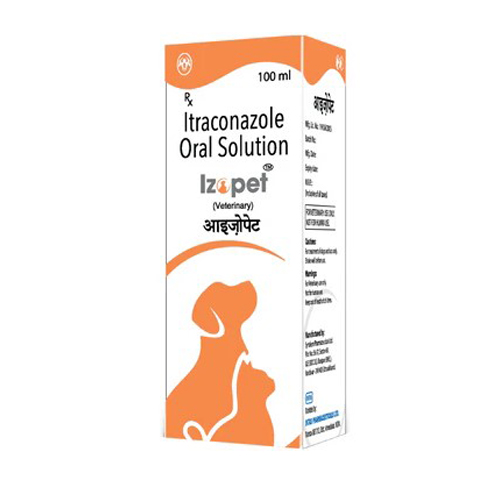
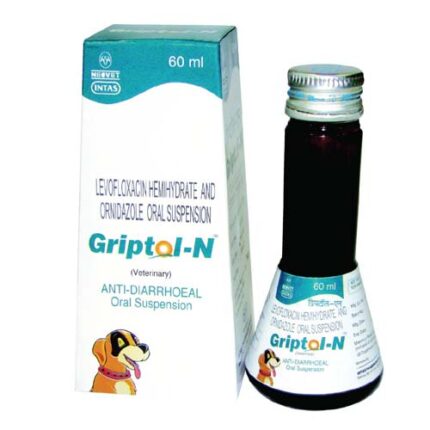
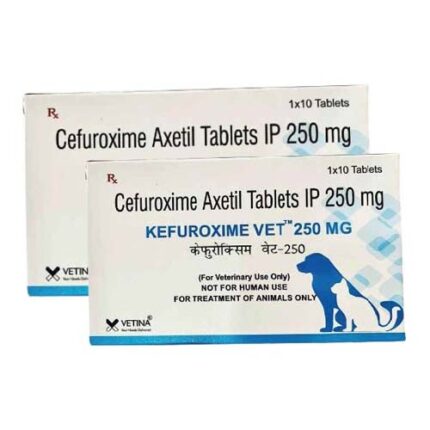
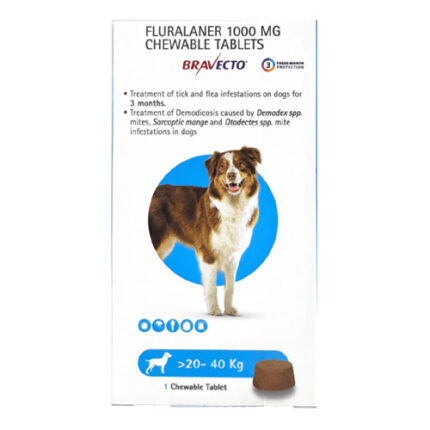
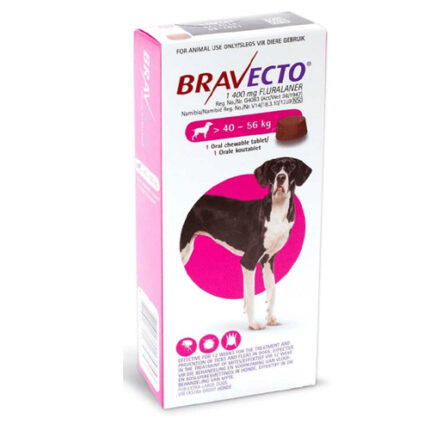
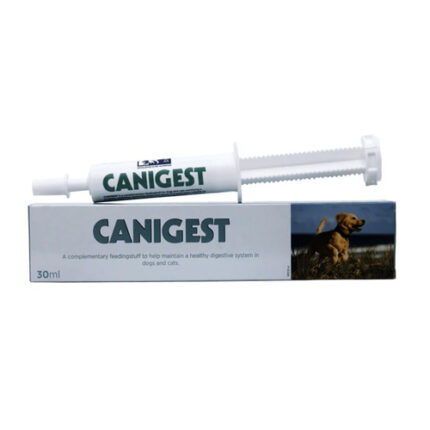

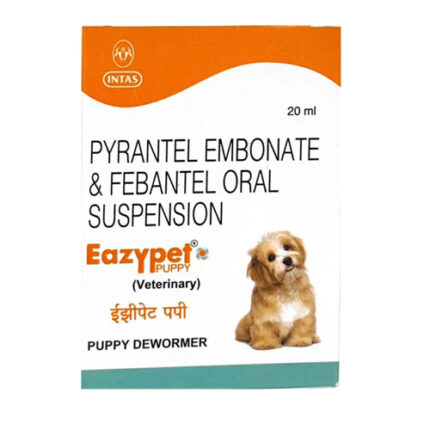
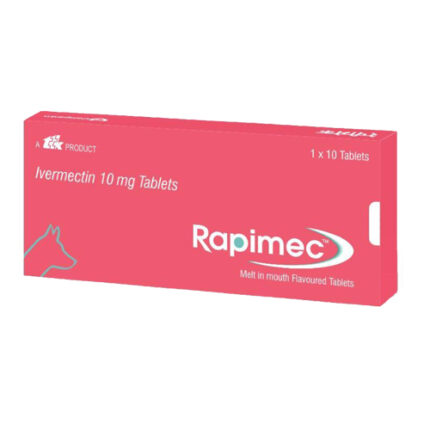
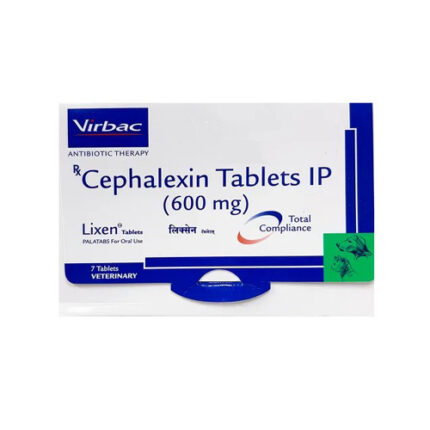
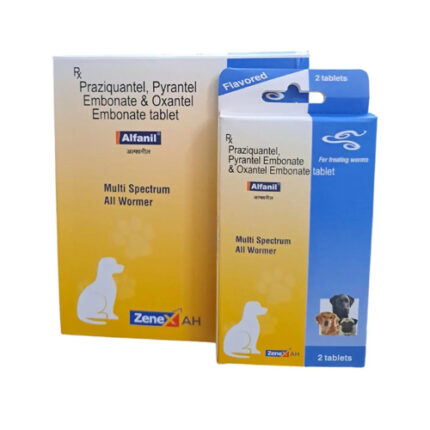
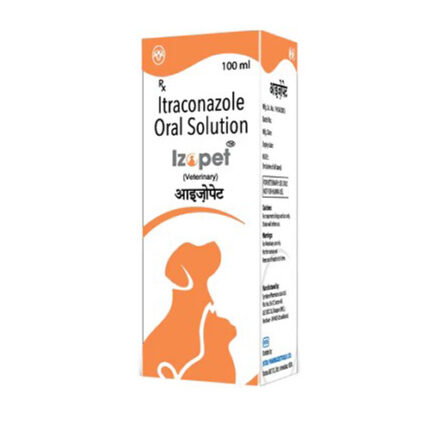
Reviews
There are no reviews yet.